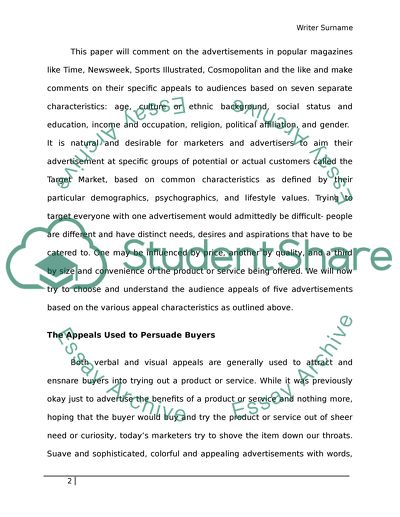Cite this document
(The Underlying Influence of Advertising Term Paper, n.d.)
The Underlying Influence of Advertising Term Paper. Retrieved from https://studentshare.org/marketing/1590440-audience
The Underlying Influence of Advertising Term Paper. Retrieved from https://studentshare.org/marketing/1590440-audience
(The Underlying Influence of Advertising Term Paper)
The Underlying Influence of Advertising Term Paper. https://studentshare.org/marketing/1590440-audience.
The Underlying Influence of Advertising Term Paper. https://studentshare.org/marketing/1590440-audience.
“The Underlying Influence of Advertising Term Paper”, n.d. https://studentshare.org/marketing/1590440-audience.


